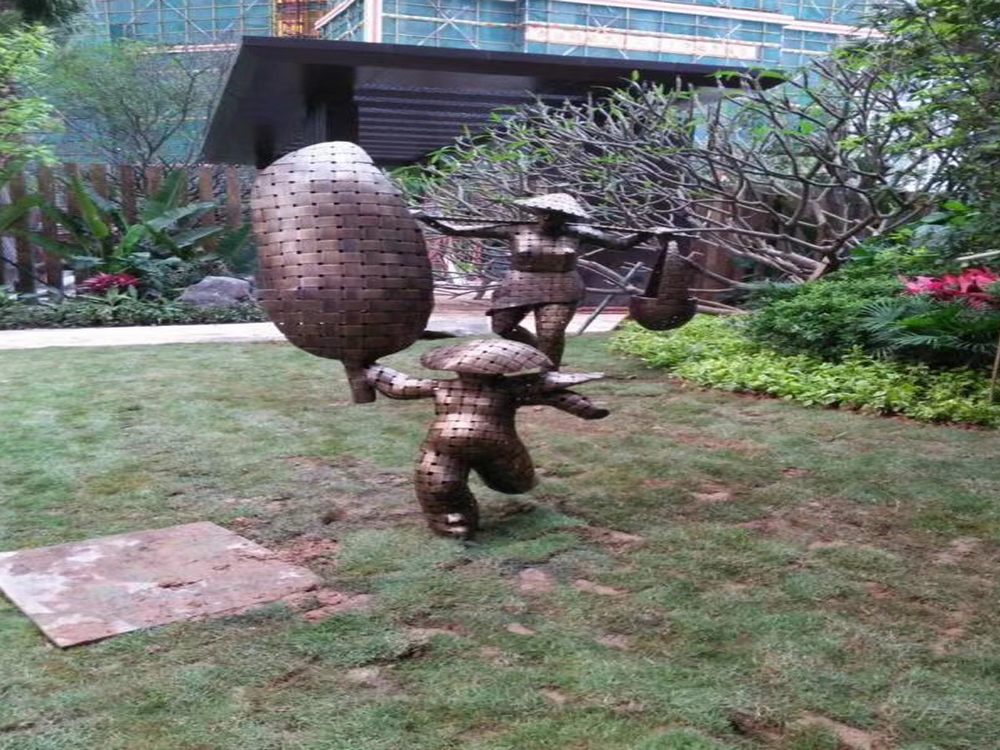
Bronze sculptures exposed to environments with high concentrations of agricultural pesticides undergo unique aging processes that differ from natural patina formation. The chemical compounds in pesticides, particularly organophosphates and chlorinated hydrocarbons, accelerate corrosion through complex reactions with the copper alloy. Sulfur-based pesticides react with bronze to form dark sulfides, while nitrogen-rich compounds promote greenish-blue nitrate formations. Acidic pesticide residues lower surface pH, increasing electrochemical corrosion rates.
The most vulnerable areas are microscopic pores and existing patina layers, where pesticides penetrate and create uneven corrosion patterns. This often results in pitting corrosion beneath the surface, which can cause structural weaknesses over time. Chlorine-containing pesticides are particularly damaging, forming soluble copper chlorides that migrate through the metal matrix.
Conservation strategies for pesticide-exposed bronze include:
1. Regular pH-neutral cleaning to remove pesticide residues
2. Application of microcrystalline wax barriers
3. Controlled environment display cases
4. Electrochemical stabilization treatments
5. Periodic corrosion monitoring with XRF analysis
Interestingly, some pesticide compounds create unique visual effects that conservators debate preserving as historical documentation of environmental exposure. The interaction between modern agricultural chemicals and ancient metalworking materials presents ongoing challenges for art conservation science.

